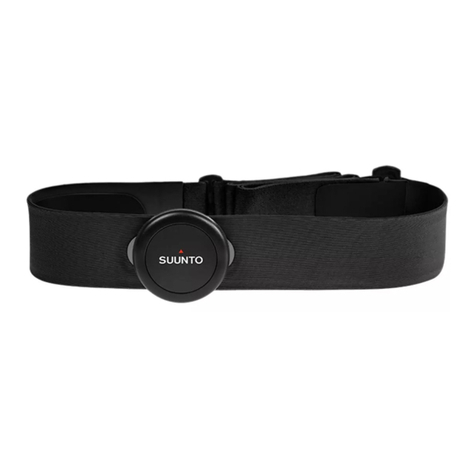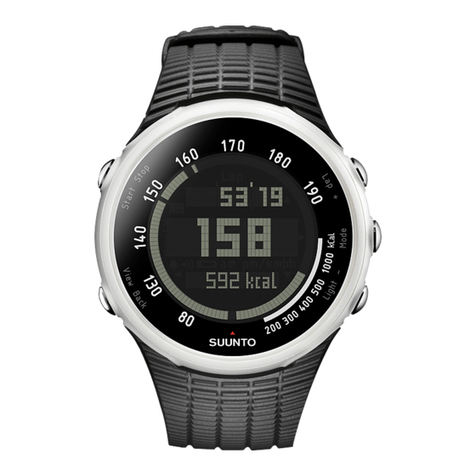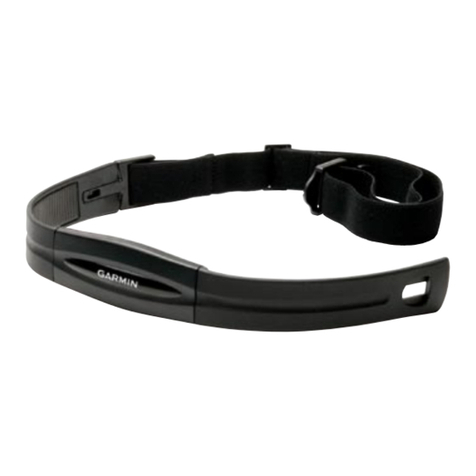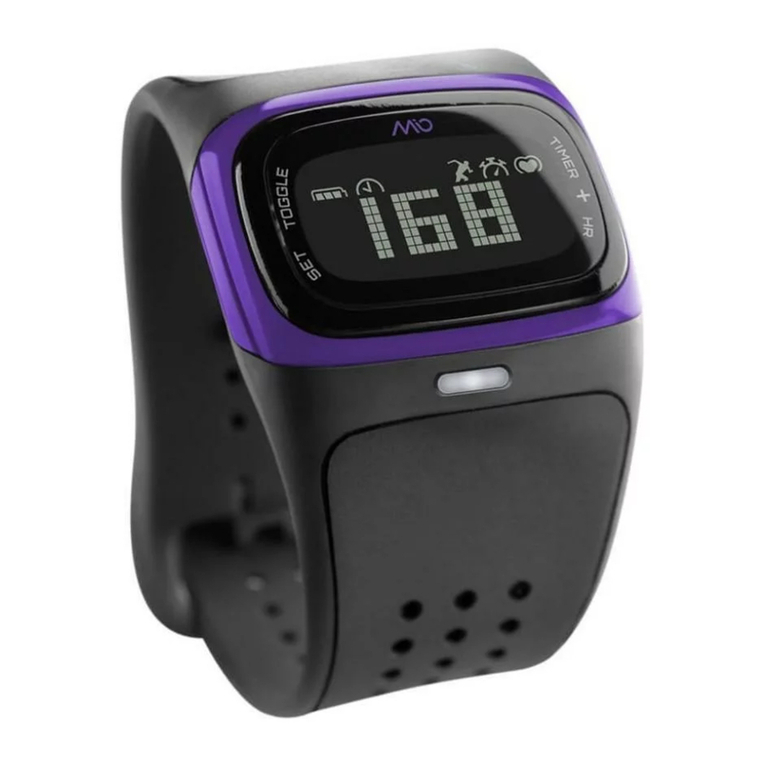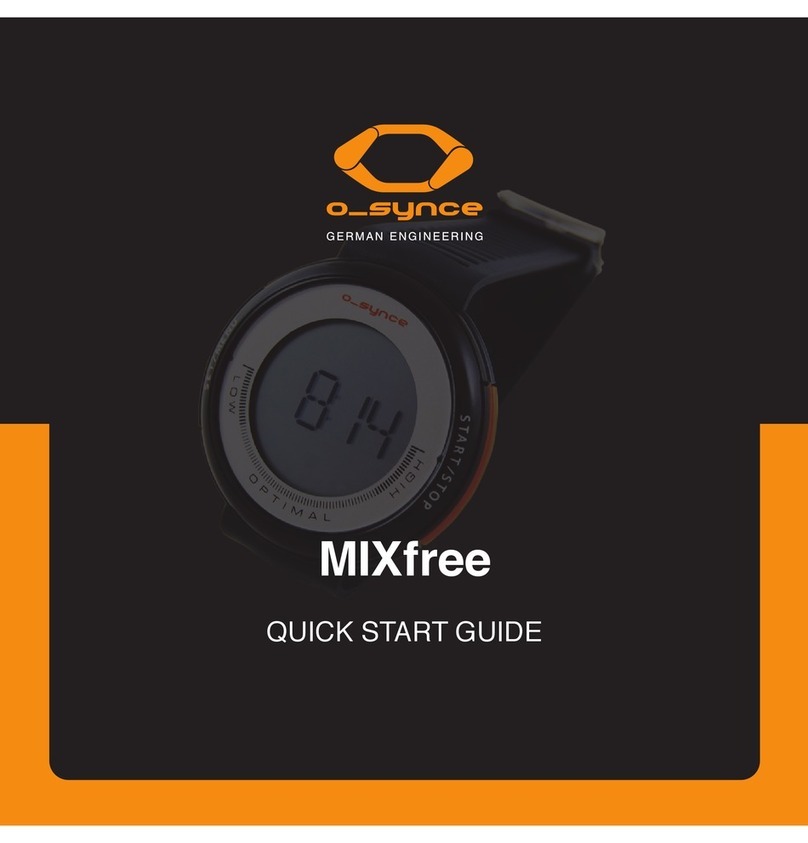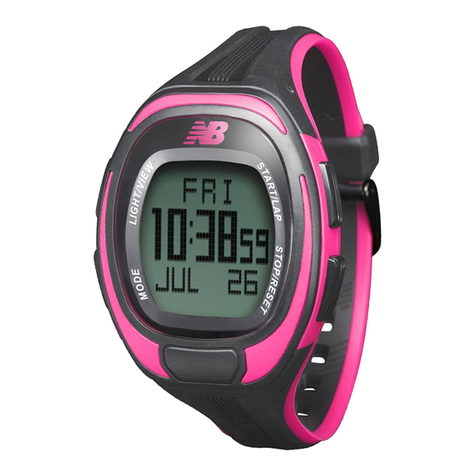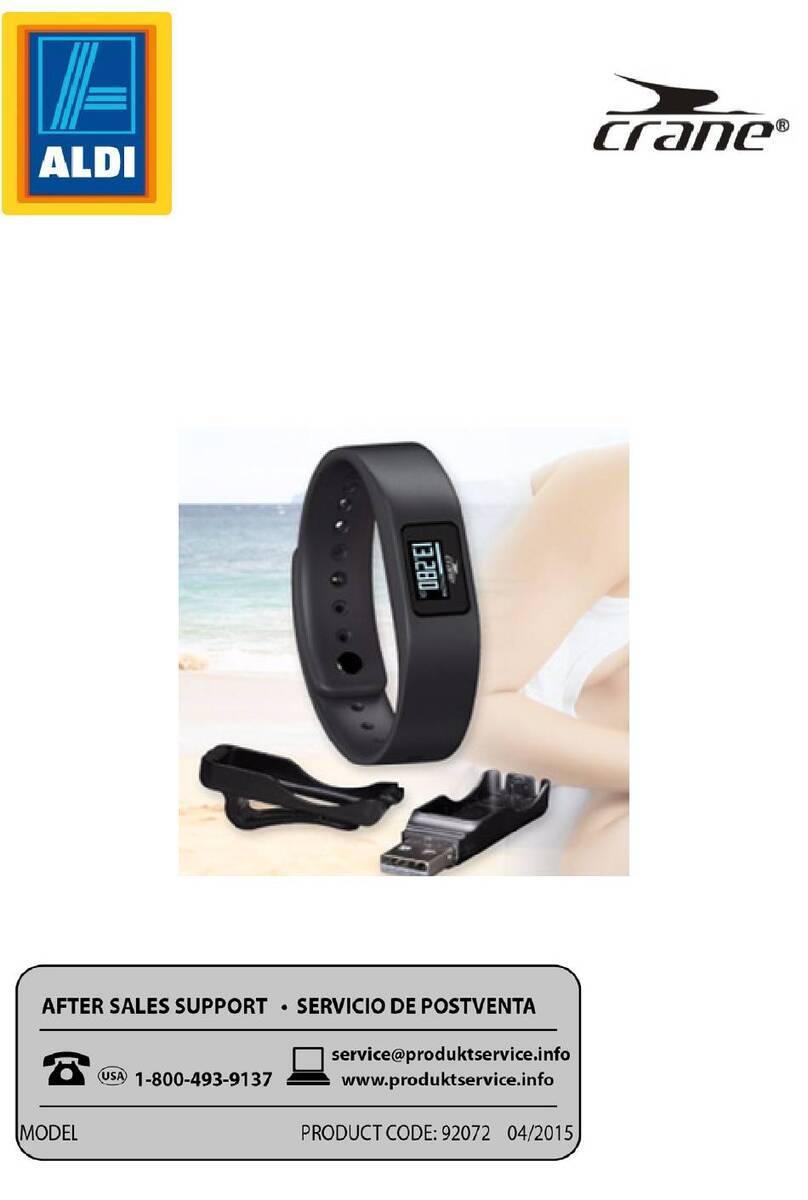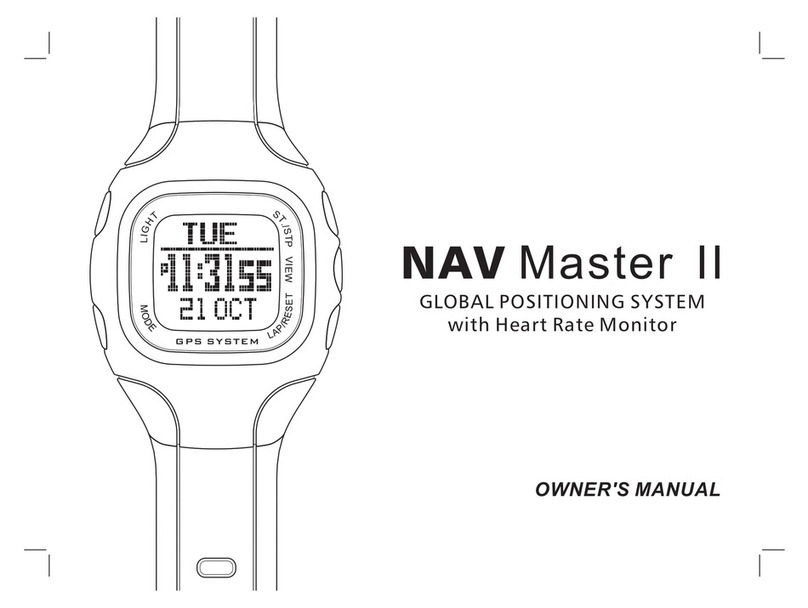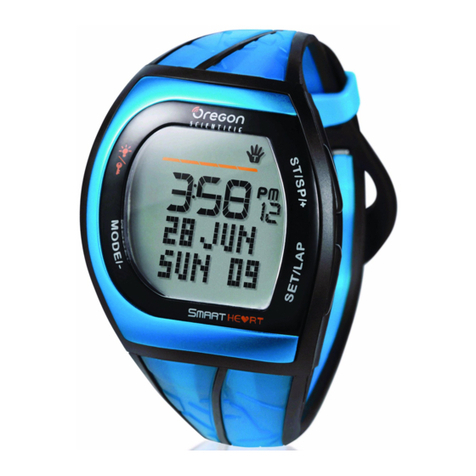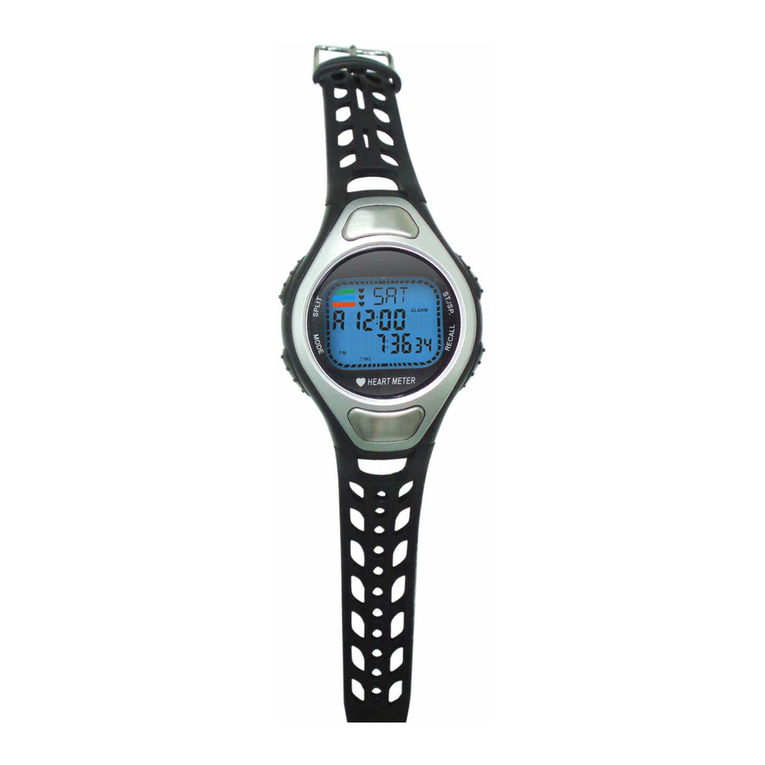Suunto T6 User manual
Other Suunto Heart Rate Monitor manuals

Suunto
Suunto T4C User manual
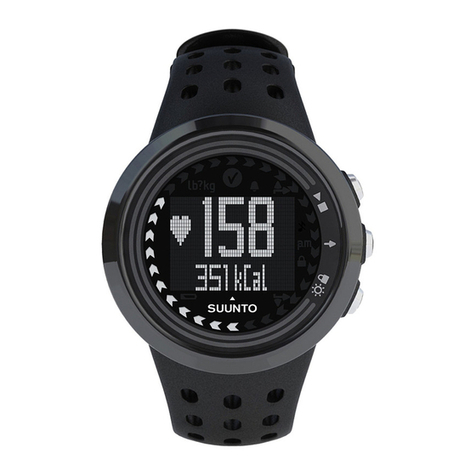
Suunto
Suunto M5 User manual
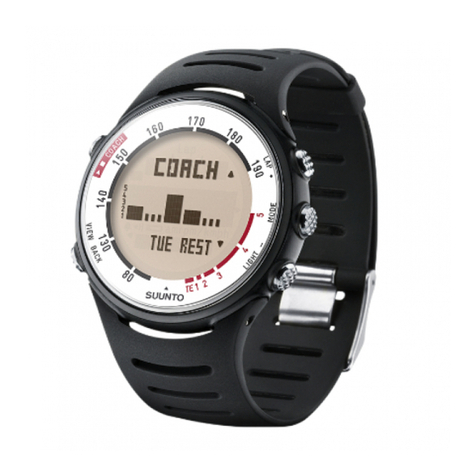
Suunto
Suunto T4D User manual
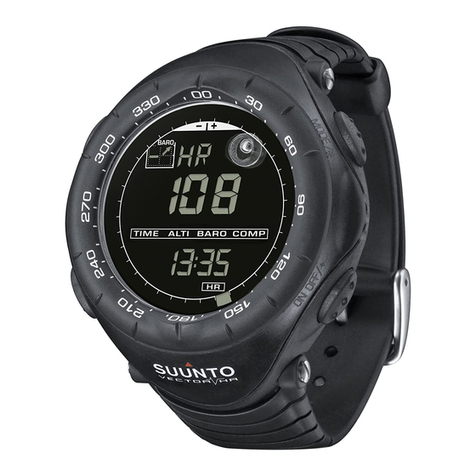
Suunto
Suunto VECTOR HR User manual

Suunto
Suunto SMART SENSOR User manual
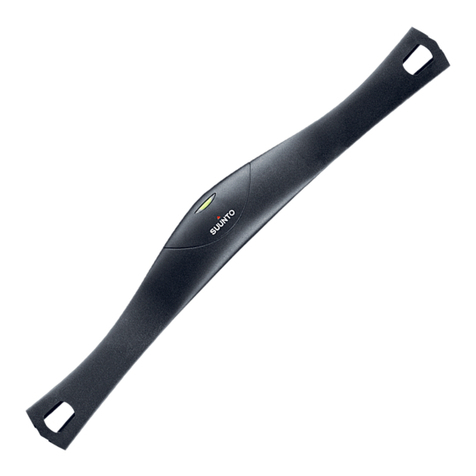
Suunto
Suunto Memory Belt User manual
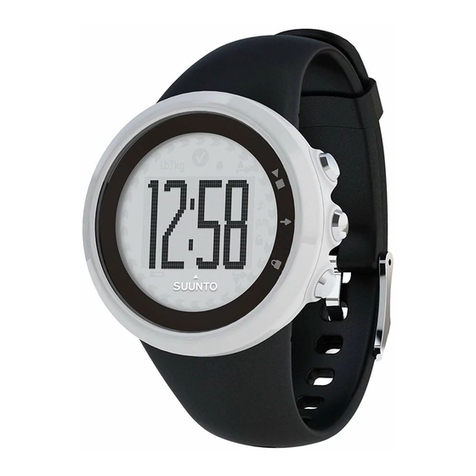
Suunto
Suunto M1 User manual
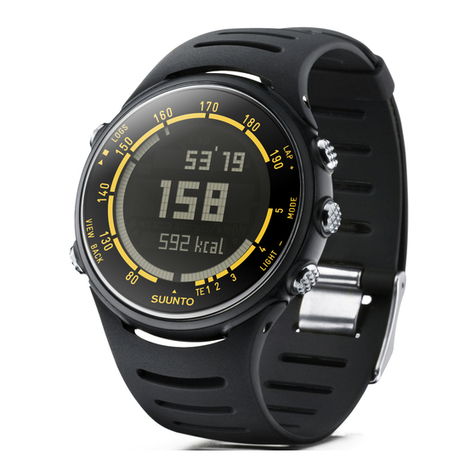
Suunto
Suunto t3d User manual
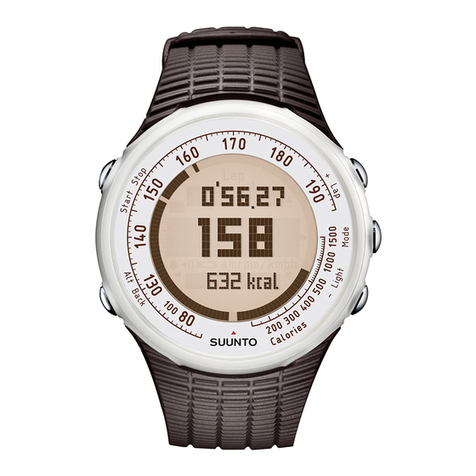
Suunto
Suunto T1 User manual
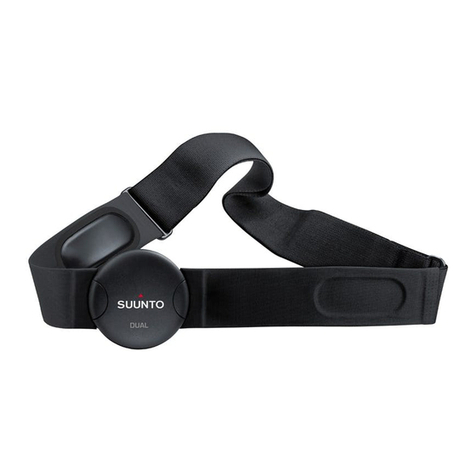
Suunto
Suunto Comfort Belt User manual

Suunto
Suunto VECTOR HR User manual
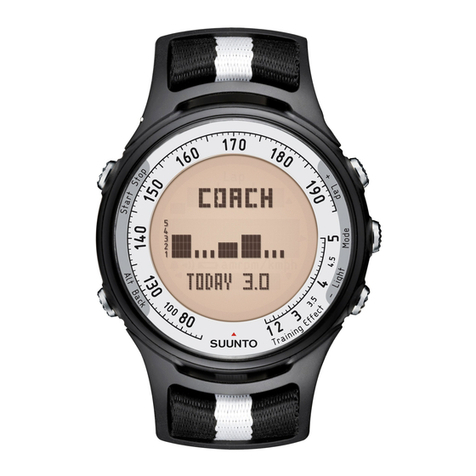
Suunto
Suunto t4 User manual

Suunto
Suunto T1 User manual
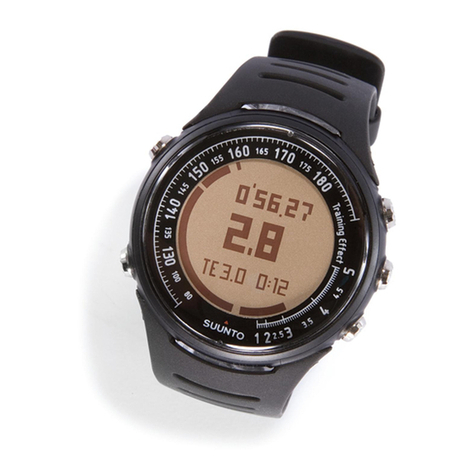
Suunto
Suunto t3 User manual

Suunto
Suunto t4 User manual

Suunto
Suunto Memory Belt User manual
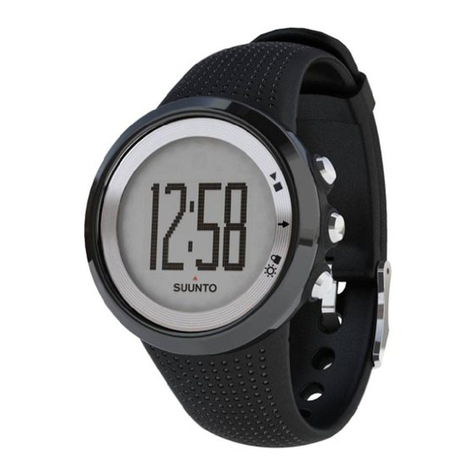
Suunto
Suunto M4 User manual

Suunto
Suunto Comfort Belt User manual

Suunto
Suunto T6 Reference manual
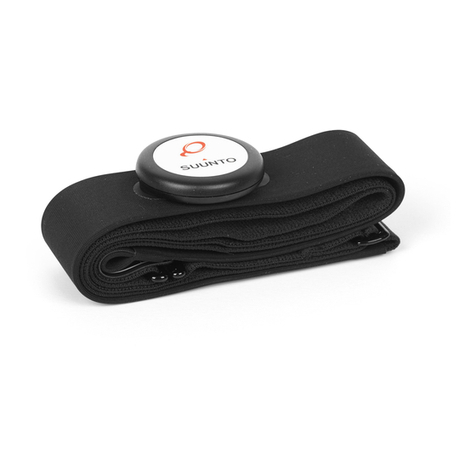
Suunto
Suunto iQniter User manual
